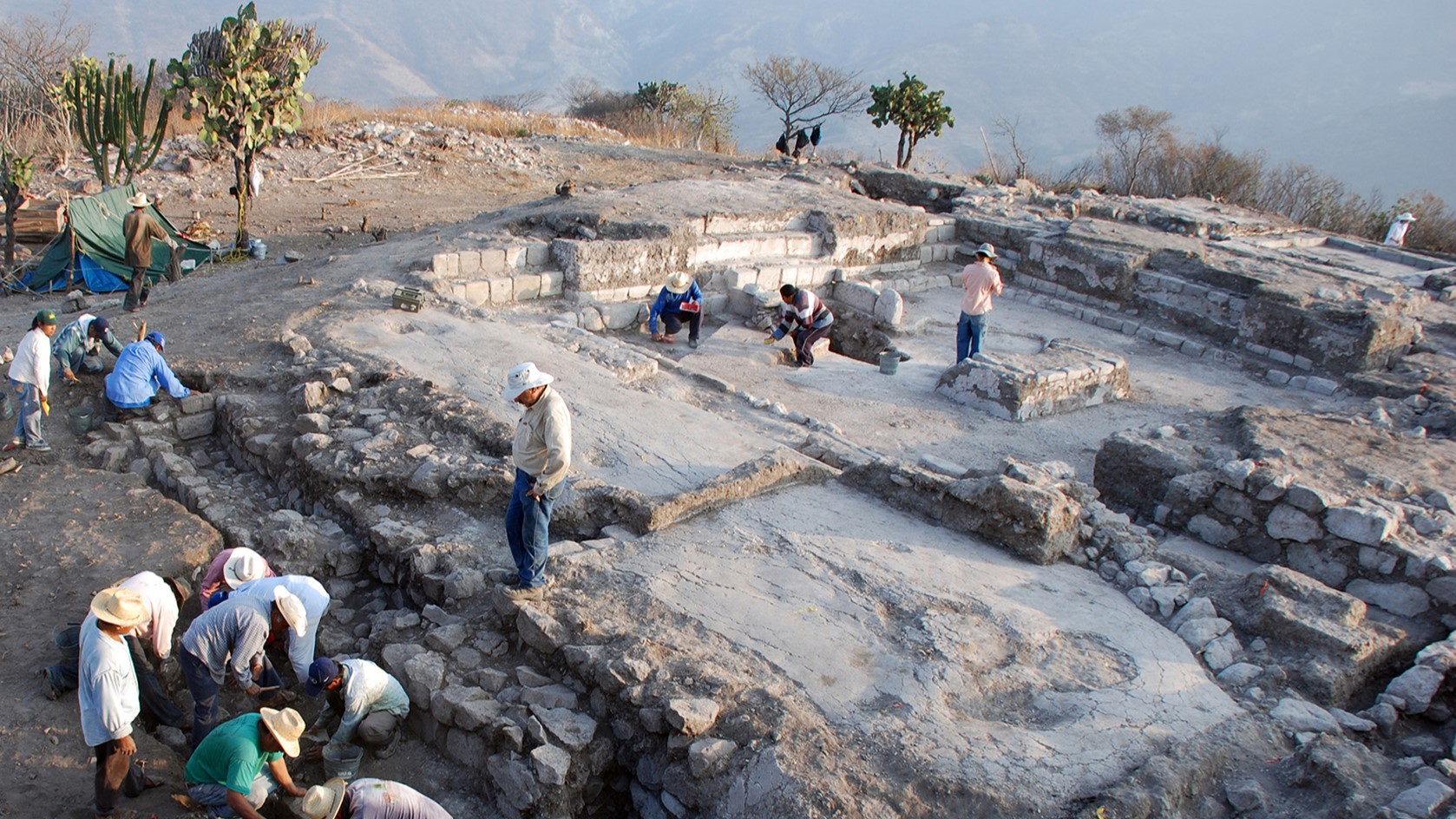Yarlung Tsangpo: The deepest canyon on land hides a tree taller than the Statue of Liberty
The Yarlung Tsangpo Grand Canyon is Earth's largest terrestrial canyon, stretching 314 miles long and almost 20,000 feet from top to bottom at its deepest point in the Tibet Autonomous Region.

Name: Yarlung Tsangpo Grand Canyon
Location: Nyingchi, Tibet Autonomous Region of China
Coordinates: 29.612334694178866, 94.93601513762557
Why it's incredible: The gorge is longer and three times deeper than the Grand Canyon in Arizona.
The Yarlung Tsangpo Grand Canyon is the world's largest terrestrial canyon — longer than even the Grand Canyon in Arizona and deeper than every other known canyon on land (the Mariana Trench in the Pacific Ocean surpasses it).
The canyon is named after the Yarlung Tsangpo River, which adventurers have dubbed the "Everest of rivers," because it is mostly inaccessible and has the highest average elevation, at 13,000 feet (4,000 meters), of any major river on Earth. The headwaters of the Yarlung Tsangpo are located in the west of the Tibet Autonomous Region at Angsi Glacier, and the river then meanders east across the Tibetan Plateau before bending sharply southwestward to join up with the Brahmaputra River.
Related: Is Mount Everest really the tallest mountain on Earth?
Yarlung Tsangpo Grand Canyon is 314 miles (505 kilometers) long, which is 37 miles (60 km) longer than the Grand Canyon. It includes some of the most rugged and least-explored places in the world, including a treacherous section in the southeastern Tibet Autonomous Region, where it passes between two towering peaks: Namcha Barwa, which stands 25,530 feet (7,782 m) tall, and Gyala Peri, which sits slightly lower, at 23,930 feet (7,294 m).
The canyon dips to its deepest point along this stretch, reaching 19,715 feet (6,009 m) from top to bottom, or three times as deep as the Grand Canyon. The Yarlung Tsangpo Grand Canyon has an average depth of 7,440 feet (2,270 m).
The canyon formed when tectonic forces pushed up Earth's crust around 3 million years ago and steepened the path of the Yarlung Tsangpo River, which then caused massive erosion, Live Science previously reported.
And as if it weren't breaking enough records already, the canyon is also home to the tallest tree ever discovered in Asia — a 335-foot-tall (102 m) cypress that would overshadow the Statue of Liberty. A research team from Peking University measured the tree in May 2023 as part of an ecological survey to help preserve the unique ecosystem of the Tibet Autonomous Region.
Sign up for the Live Science daily newsletter now
Get the world’s most fascinating discoveries delivered straight to your inbox.
It's unclear which species the tree belongs to, although Chinese state media publications at the time suggested it could be a Himalayan cypress (Cupressus torulosa) or a Tibetan cypress (Cupressus gigantea).
Below is a full-length picture of Asia's tallest tree.

Discover more incredible places, where we highlight the fantastic history and science behind some of the most dramatic landscapes on Earth.

Sascha is a U.K.-based staff writer at Live Science. She holds a bachelor’s degree in biology from the University of Southampton in England and a master’s degree in science communication from Imperial College London. Her work has appeared in The Guardian and the health website Zoe. Besides writing, she enjoys playing tennis, bread-making and browsing second-hand shops for hidden gems.









